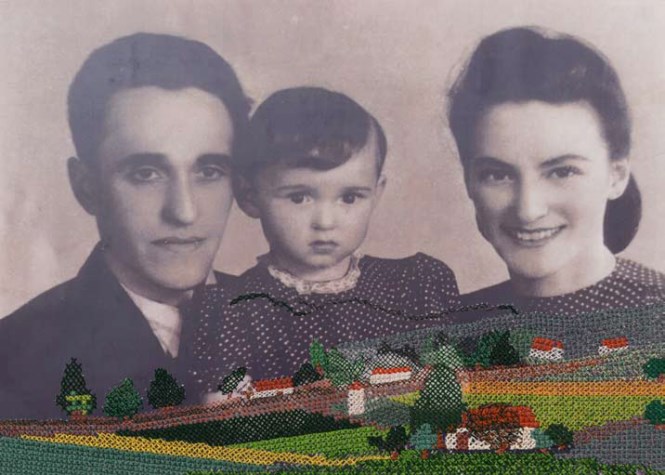Between artist and artisan
The hierarchical perception of art was shaken in the recent 55th Venice Biennale. Young curator Massimiliano Gioni informed art lovers that the distinction between artist and artisan had expired, and that equal treatment must be given to all those engaging with craft and matter as to those practicing art as a “pure” concept. This international exhibition, like other shows in Israel and abroad which presented Art Brut works, introduced artists considered “outsiders” into the museum, indicating that this art form is deserving of serious consideration. This phenomenon marks the elimination of the artificial boundaries between “high” and “low,” between “design”/”craft” and “pure” art, giving rise to an artistic field for experiential pluralism, which acknowledges and cherishes new values.
Israel Designer Craftsman Association
The current exhibition of the Israel Designer Craftsman Association, “Small Scale: Past-Present-Future,” corresponds with this state of mind. It strives to bring two artistic inclinations together: on the one hand, a conceptual artistic statement underlain by personal and collective baggage on the theme of “past-present-future”; on the other hand—engagement with matter, with painstaking manual labor which requires skill and relies on an age-old tradition. The participating artists had to meet two preliminary requirements: they were asked to submit works whose dimensions did not exceed 1 sq.m., and which allude to a specific period in their lives, in such a way that they tie the personal facet to an artistic statement by touching upon memory, materiality, or social criticism.
In such a critical vein, Batia Eichenholz‘s works relate to the Zionist dream and its disintegration, while offering an embroidered reveling in the past. Memories of the past are etched on Juany Mukmel’s wooden blocks, symbolizing an era long gone and hope for the future. Gobelin needlepoint reminds Dvorah Dudai of her mother, who used to embroider landscape scenes; she sets out to embroider similarly on photographs from her childhood in Poland and her life in Israel later on, thereby linking the past and present physically as well as conceptually.
Limor Yosipovich refers to time and the changes it inflicts in a triptych consisting of self-portrait photographs, which documents a process of aging and wrinkling, emphasized by the colorful embroidery. Margalit Bassan embroiders the seasons of the year on silk to represent never-ending cyclicality.
Mira Weinstein‘s weaving technique is allegorical: her tangled web/thicket?? of threads ties periods and traditions together. Dalia Barkey combines calligraphy and textile, creating a sign language which follows a fixed rhythm, made by rusty wires imprinted on canvases, whose interpretation is left to the viewers.
Hana Dahan and Deborah Hazan present tables bearing residues of the past: a family photo or a tablecloth next to cups of coffee, plates, and newspaper clippings, which attest to small, mundane private rituals, linking past, present, and future. Veronica Ellran created a cluster of small works, on the verge of jewels, which come together to form a private time capsule, echoing the desire to be a mother alongside the longing for a dead child, translated into an obsessive repetition of a baby doll element in different variations.
Rachel Rosenfeld, Ami Leibowicz, and Hedva Klein relate to the symbolic quality of the material: empty, squashed medicine bottles whose functional days have ended, and they now serve as a decoration or are transformed into a different functional object; dried sabra pads metamorphosed into a lighting fixture; or pierced ceramic boards interlaced with strips of date-palm stems as an allegory for naturally-created spaces which are filled with new contents.
Arie Berkowitz
Curator of the Exhibition

